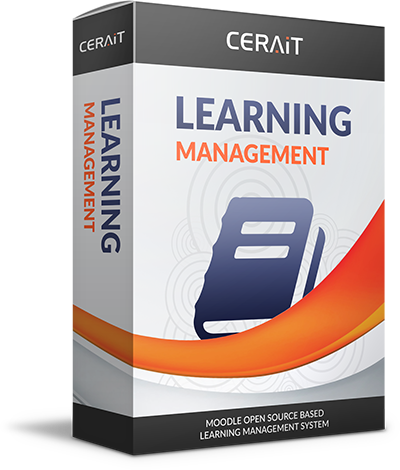
Overview
- Goals are to reduce admin involvement to a minimum, while retaining high security
-
Supports a range of user authentication mechanisms through plug-in authentication modules, allowing easy integration with existing systems.
- Standard email method: students can create their own login accounts. Email addresses are verified by confirmation.
- LDAP method: account logins can be checked against an LDAP server. Admin can specify which fields to use.
- For example, IMAP, POP3, NNTP: account logins are checked against a mail or news server. SSL/TLS certificates are supported.
-
Students are encouraged to build an online Edit profile including photos, description. Email addresses can be protected from display if required.
- Every user can specify their own timezone, and every date in Moodle is translated to that timezone (e.g. posting dates, assignment due dates etc)
- Every user can choose the language used for the Moodle interface (English, French, German, Spanish, Portuguese etc)
Enrolment
- After a user has been authenticated by the site or allowed in as a guest, they areenrolled in courses.
- Teachers can add an "enrolment key" to their courses to only allow certain students to enter. They can give out this key face-to-face or via personal email etc
- Teachers can enrol students manually if desired
- Teachers can unenrol students manually if desired, otherwise they are automatically unenrolled after a certain period of inactivity (set by the admin)
-
There are many Enrolment_plugins
- Includes: LADP, IMS, Paypal, Moodle Network to name a few
- Any External database that has least two fields can be used as an external authentication source
- Flat file or CSV files can automatically authenticate and enroll students in specific courses
- Each person requires only one account for the Moodle site - each account can have access to different courses, or resources and activities
- Meta courses get their enrollment information from 1 or more other courses.
Roles
- Roles combine specific permissions for specific types of participants. A user can beassigned a different role for each contexts, such as a specific course.
- The administrator (admin) user account controls the creation of courses and creates teachers by assigning users to courses and giving them a role in that context
- New roles can be created, copied from existing roles and edited. Some standard roles include:
<<< GO BACK to Learning Management Home page
